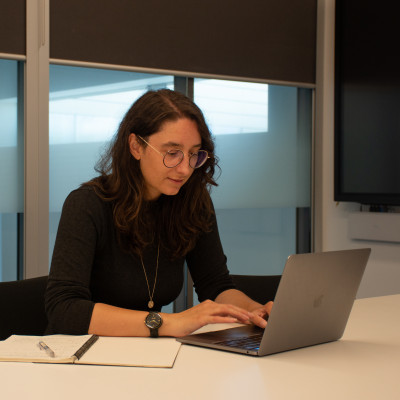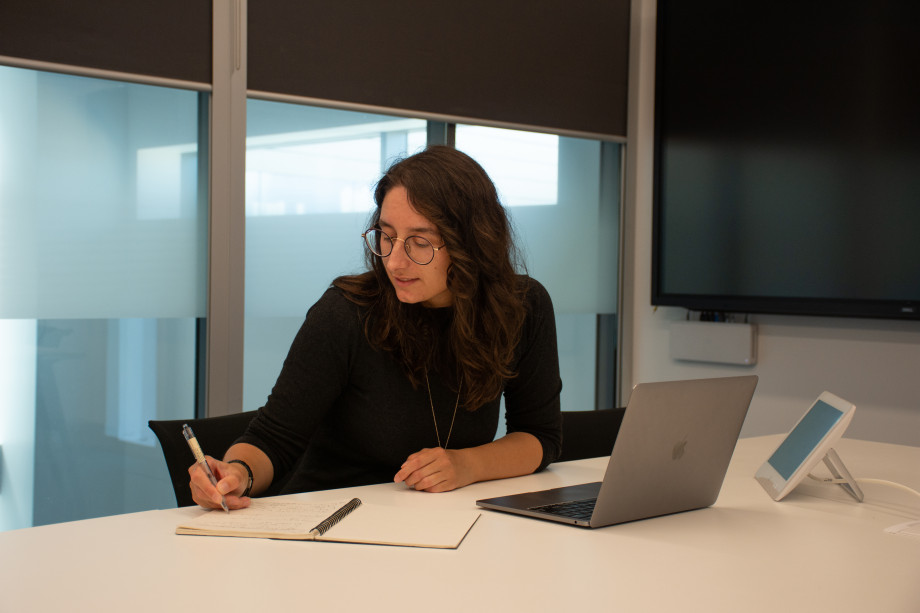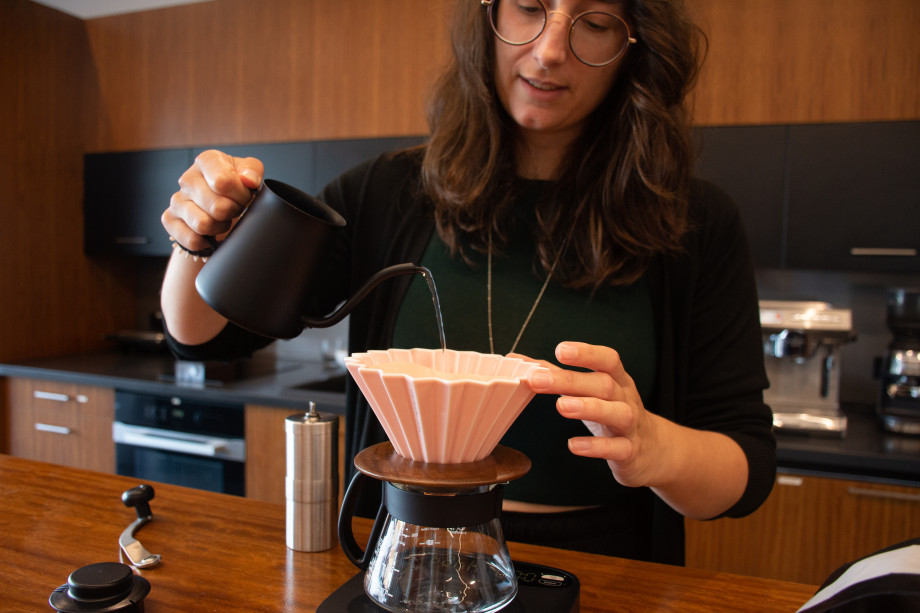
Starting from my initial studies in Cartography and applied sciences back in Germany, it is amazing how things can develop over time. Now nearing the end of my PhD, I really do feel like a supercomputer user, a climate modeller and researcher.
Can you introduce yourself and what you study?
I am Sandra Koenigseder, a PhD student from the University of Wollongong, looking at the impact of climate on tidewater glaciers in southern Alaska.
I am trying to understand how the Columbia Glacier and other tidewater glaciers within the Glacier Bay region of Alaska are affected by climate change. Tidewater glaciers are maritime terminating glaciers that go through cycles of advance and retreat. I want to understand the climate influence. They are known to be highly controlled by internal factors but most of them are currently retreating which indicates that climate does play a bigger role than previously thought. I will compare the extent of the glaciers with the local climate to understand its influence.
How did you come to be a researcher?
I have followed a long path to get here, starting in Germany where I was first interested in studying something totally different - Egyptology! However, I decided to study Cartography and Geomedia-Technology at the University of Applied Sciences in Munich followed by a Masters of Climate and Environmental Sciences at University of Augsburg. Afterwards I did internships in Geospatial Information Science at Victoria University in Wellington (New Zealand) and in Marine Geology at the Alfred Wegener Institute in Bremerhaven (Germany), and now a climate modelling/glaciology PhD in Wollongong.
What do you find exciting about the work you are doing?
I am a very curious person, so it is great for me to learn from my project, both the science and the methods. I like doing research, learning along the way, and tackling challenges. Coding and modelling can be like a roller-coaster ride for me and I enjoy troubleshooting my work, using problem-solving skills to reach an outcome.
On the science side, the field of polar science is very interesting to me because I find the cryosphere fascinating. The interaction of it with climate is what I feel passionate about.
Because of the length of the tidewater glacier cycle I need long-term local climate data. Such long observational records do not exist for the remote regions of southern Alaska where the glaciers are located. I generated high resolution climate data by dynamically downscaling historical climate reanalysis (NOAA-CIRES-DOE 20th Century Reanalysis V3) from 1 degree to 4-kilometre resolution using the Weather Research and Forecasting model (WRF). I produced a high-resolution dataset that I will use to compare with the phases of the tidewater glaciers. I will also analyse the changes in climate within southern Alaska from 1836 until 2015.
How does supercomputing and NCI play a role in your research?
I would not be able to do any of this without NCI! My simulations are very long, covering 179 years in total. They used several million hours of computing time to conclude, which is only possible with a supercomputer. I have been lucky to be able to access computing time at NCI through my supervisors Prof Tim Barrows, A/Prof Jenny Fisher and Prof Jason Evans, and also through the university partner share scheme, National Computational Merit Allocation Scheme and Adapter Allocation Scheme.
The other thing NCI has done for me is to provide support through the Helpdesk. Especially at the start of the project, they helped a lot with troubleshooting with any kind of issues that occurred - from helping fixing scripts to understanding how to set up data transfer. Now, I am using the Gadi supercomputer to post-process and analyse my 100 Terabytes of data. This stage is where the science is really starting to happen, so getting through this data and analysing it is very exciting.
What does it mean to you to do this kind of work?
I feel proud to be contributing to these climate modelling efforts. Together, we can keep improving the accuracy of models and contribute to scientific and technical advances. By understanding processes like the tidewater glacier cycle future modelling predictions can be improved.
On a personal level, I feel I have achieved a lot in the past few years. Since I came to Australia and started my PhD, I have learnt to use a supercomputer (in Australia and at NERSC in the USA) and I have successfully run downscaling simulations over 179 years. This is a very special accomplishment for me. I am also very grateful to work with accomplished scientists and technicians from which I continuously learn.
What else do you want to mention about your work and your life?
One of the things I have learnt over time is that interests can change. What you learnt before can help you, even if your focus changes. For me it took time to find out what I am most interested in.
Coffee became a hobby of mine, especially brewing at home using different methods and trying and tasting coffee made with different beans. This lets me apply a scientific approach to a fun activity outside of work and helps me relax as well.
Starting from my initial studies in Cartography and applied sciences back in Germany, it is amazing how things can develop over time. Now nearing the end of my PhD, I really do feel like a supercomputer user, a climate modeller and researcher.
Find Sandra on LinkedIn.

